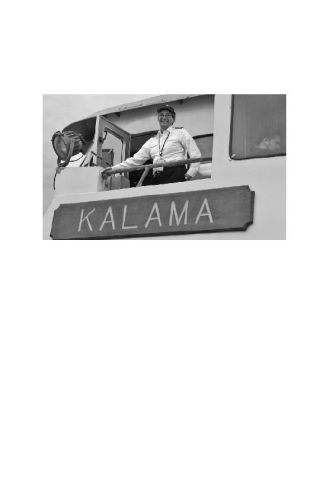When foot-ferry commuters walk down the ferry’s loading dock this summer, they see a friendly and familiar face. Marsha Morse, who has been captain of the passenger-only boat for the past two months, waves to her passengers and greets them by name from the wingbridge, the outdoor deck from which she lands the boat at Vashon and Pier 50 in downtown Seattle weekday mornings.
Morse, a Vashon resident for 32 years, is one of only 17 women to have earned the rank of first mate, second mate or master (captain).
Of the 1,827 employees who work for Washington State Ferries (WSF), only 25 percent are women. Fewer than 1 percent of all WSF employees — 17 — are women who have made the rank of mate or master.
“They do like to have diversity of employees,” Morse said, “because we do have a diversity of people who ride the ferries.”
Morse began her career at WSF 33 years ago as an ordinary seaman, but her story is anything but ordinary.
She is often an organist for the Vashon Lutheran Church, used to play bass with Bob’s Garage and “has a real good heart,” said Jeff Larson, a minister/psychologist who does counseling outreach through the Vashon Lutheran Church. “She’s a real interesting person.”
Morse has been a deck mate, a first mate and a second mate, working on routes as varied as Tahlequah-Point Defiance, Edmonds-Kingston and the San Juans Islands ferry.
She, like many other WSF employees, bids seasonally for her position.
“It’s like the lottery,” she said, but “you always win something.”
She’s been on the “captain’s list” since 2002, but just snagged the spot as Vashon’s PO boat captain this summer. At the end of this season, Sept. 27, Morse will likely bid for a position in the San Juan Islands again, she said.
“It’s an absolutely wonderful job,” she said. “I learn a lot when I’m up there.”
When her job takes her away from Vashon, Morse stays in the town or city where her workday begins and ends.
In 1979, when the Hood Canal Bridge blew down, WSF was stretched thin, and Morse got the opportunity to work as a first mate at Fauntleroy. She earned her “Pilot of Puget Sound” license that same year.
She first took a job at WSF because a deck hand suggested it to her as she took a trip to Vashon.
“They’re hiring women nowadays,” he told Morse.
She jumped at the chance because working on ferries in the Puget Sound meshes well with her background and interests.
“I enjoy being on the water; I have always wanted to work outside,” Morse said. “I studied marine biology in college, and this is a great way to observe nature and be physically active.”
She said deck hands often steer ferries as they cross the water; officers land them. She has had experience at the helm of both car ferries and the much-smaller passenger-only ferry, and landed them both.
“It’s quick, of course; it’s very responsive,” she said of the foot ferry, which has 3,800 horsepower — more than four times the Hiyu, a 34-car ferry.
The Kalama passenger-only ferry, which currently runs the Vashon-Seattle route five days a week, has four Detroit Diesel engines. In the wheelhouse, there are four throttles — one for each engine. The boat also has four propellers and two rudders. A “rudder joystick” is used to guide the rudders, she said.
“Someone told me, ‘It takes extra courage and character running the PO boat,’” Morse said. “But it takes a lot of courage and character to run any boat.”


